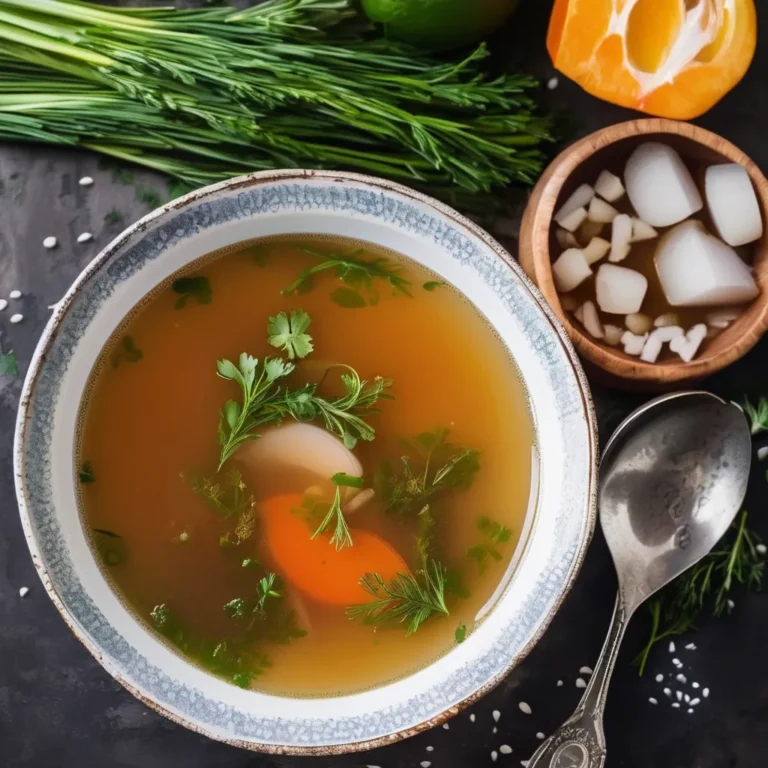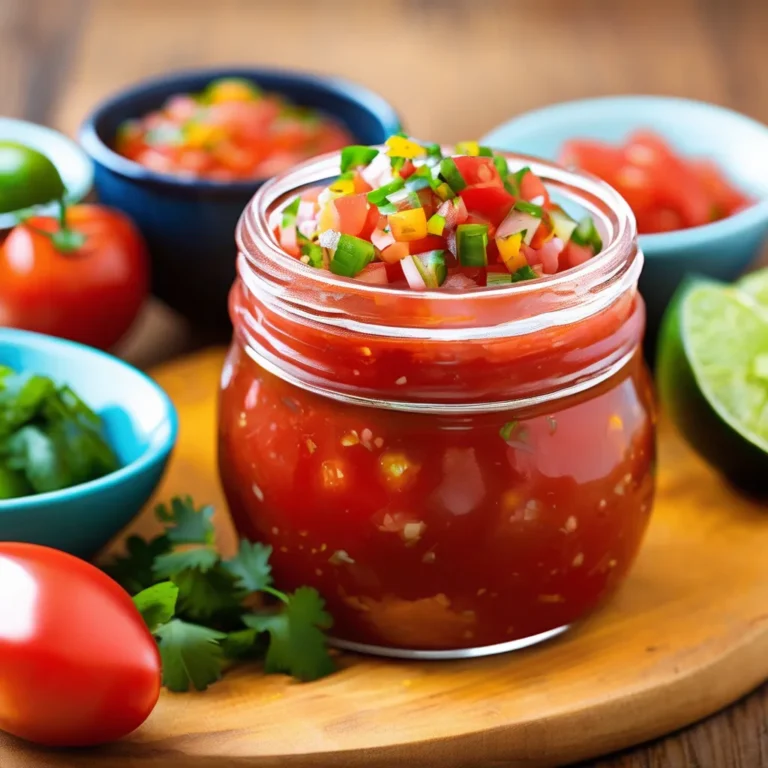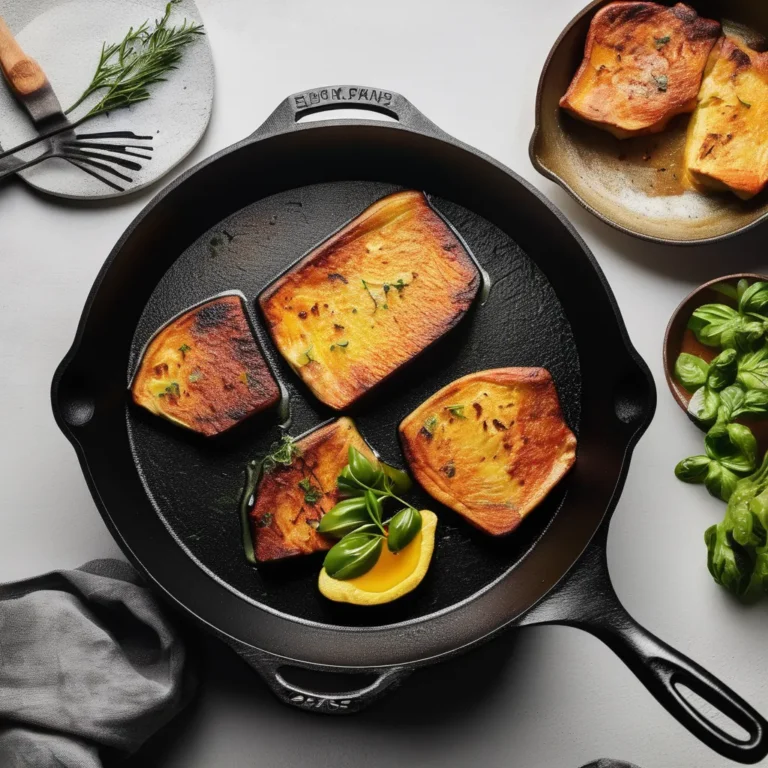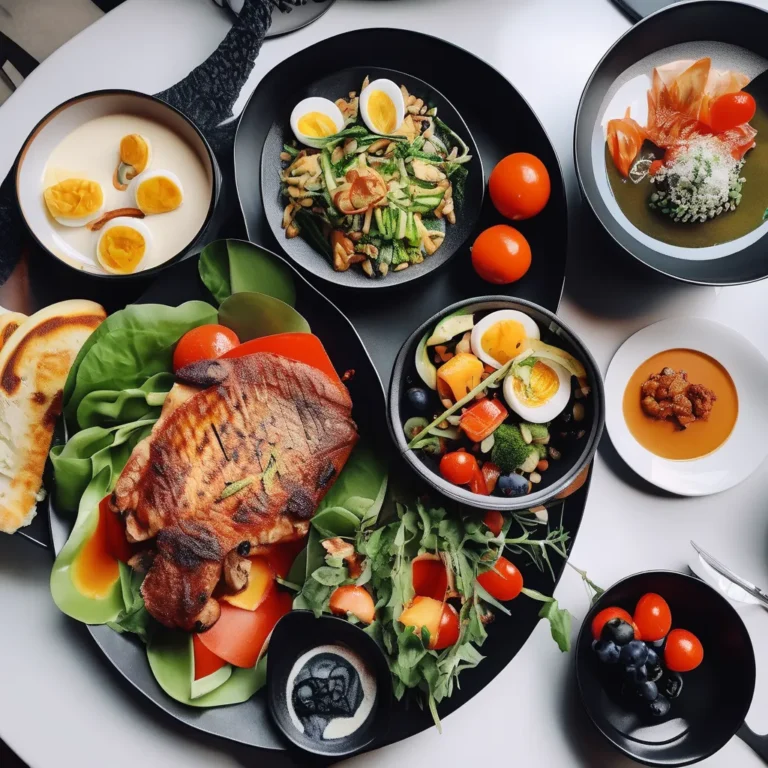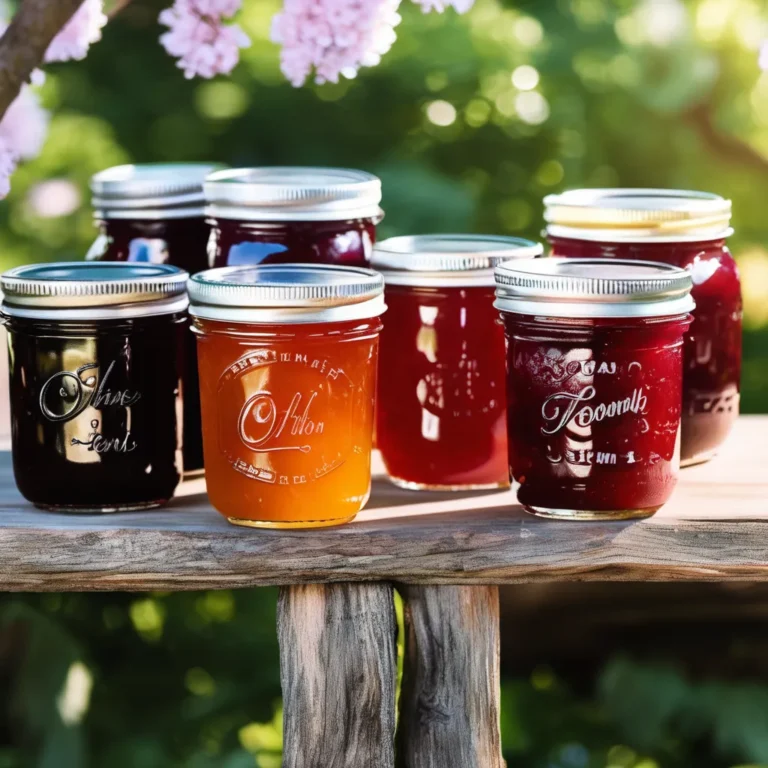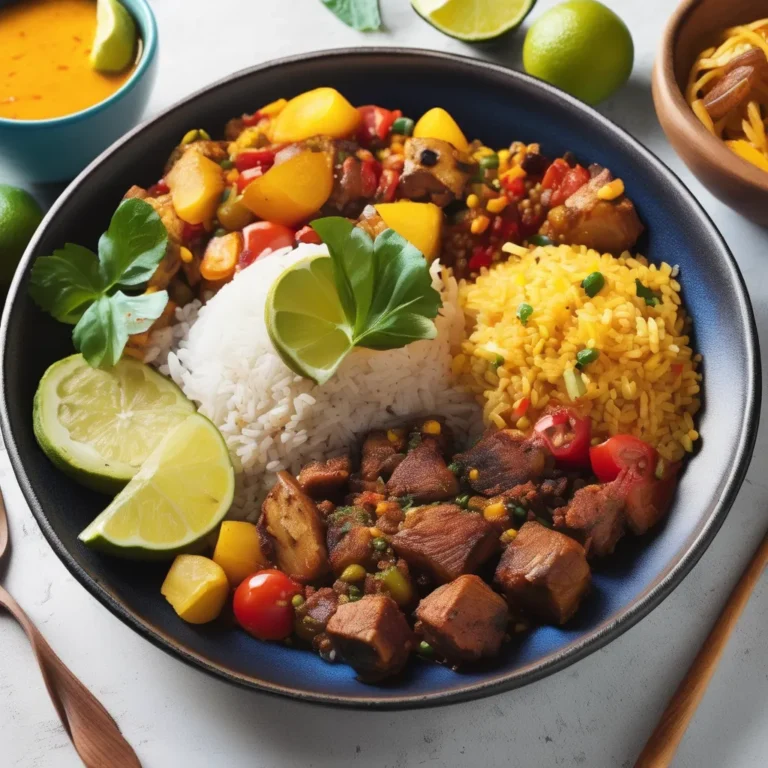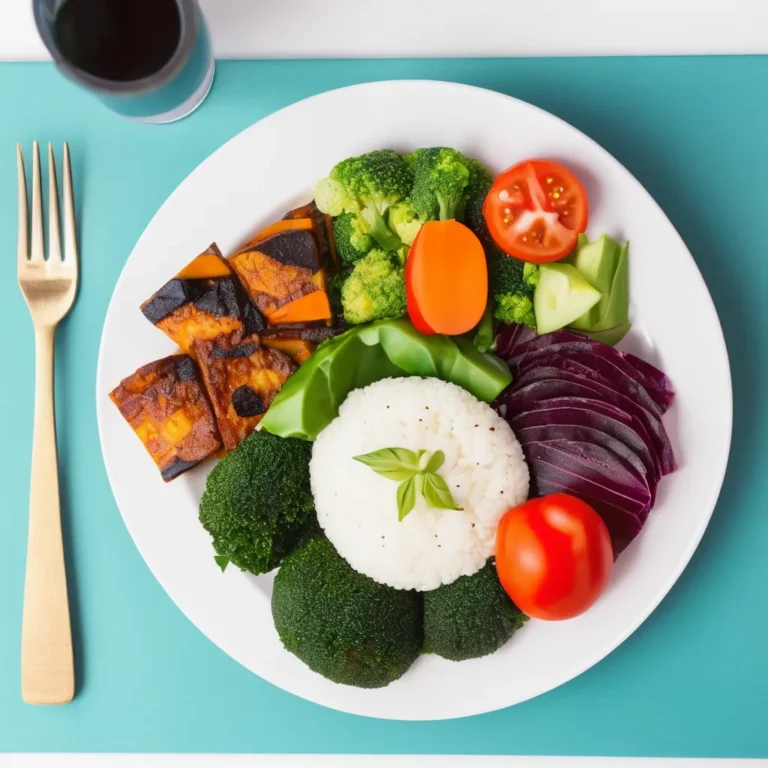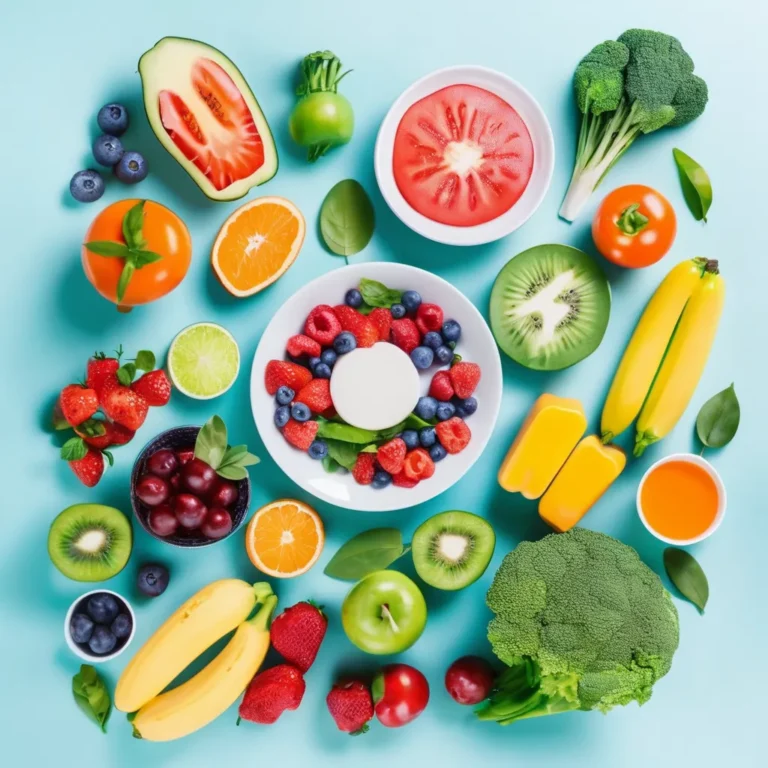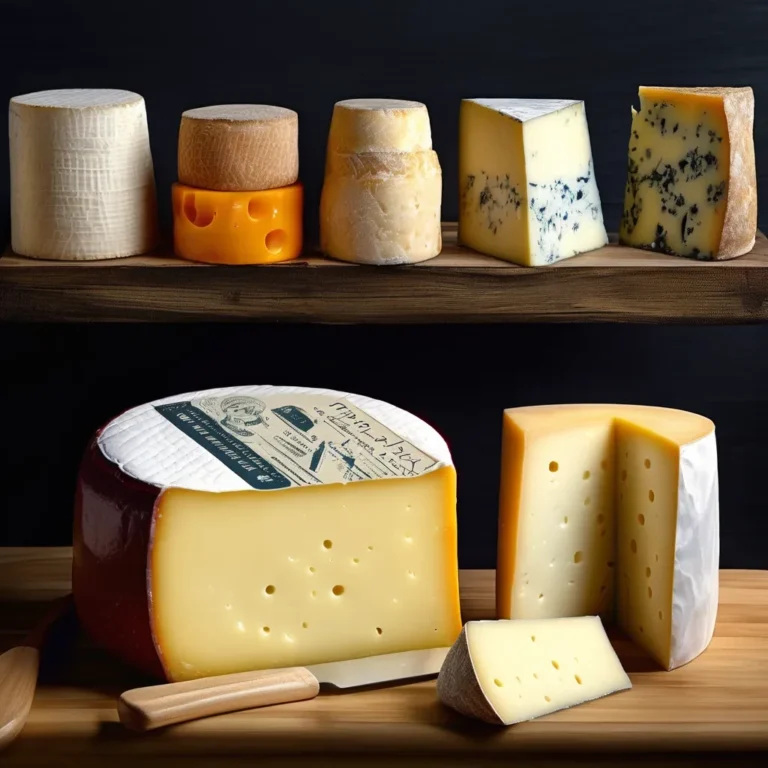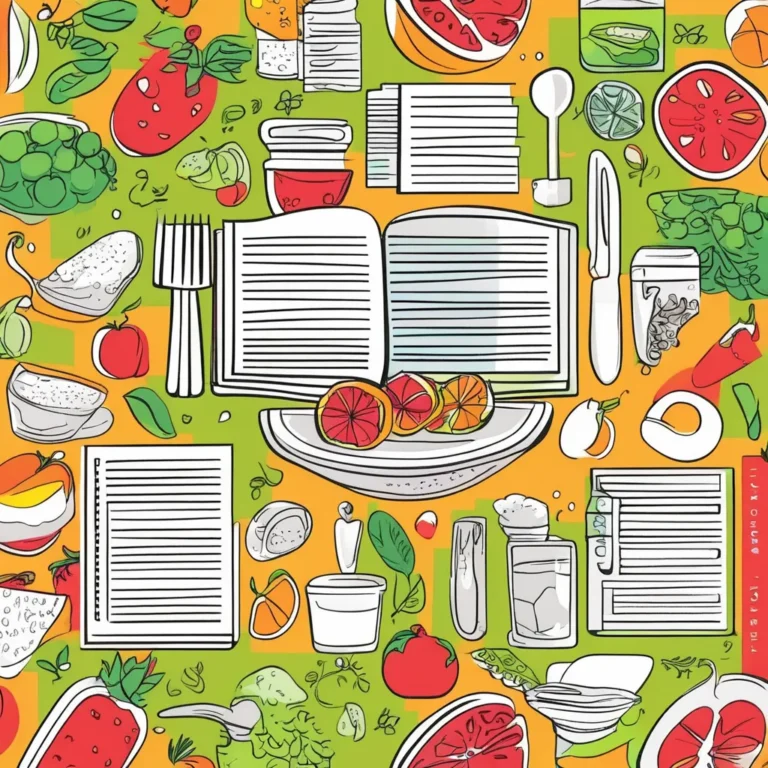The building blocks of many delicious dishes begin with a fully flavored, beautiful broth or stock. Sure, there are countless stocks and broths in liquid and powdered forms that are available to buy at the grocery store, but homemade stocks always come out richer and more balanced. Here, we are diving into how you can craft a perfectly delicious broth and stock with minimal ingredients and equipment.
Difference Between a Stock and a Broth
Stocks are made by boiling the bones of an animal to release the richness found deep within in marrow and collagen. Broths, on the other hand, are made from mainly raw meats, vegetables, and herbs.
A stock will have a robust and richer flavor, whereas a broth tends to be slightly lighter in color and flavor. Stocks need hours of cooking time to extract all the flavored goodness from the bones, whereas a perfect broth can be completed in as little as an hour.
How to Create the Most Flavorful Stock
Roasting the Bones
A must for delicious stock is roasting the bones with salt, pepper, and a drizzle of oil. This helps the bones release all their flavor and gives the stock a deeper flavor.
Herbs and Aromatics
You’ll need an abundance of herbs and aromatics for both stocks and broths. Aromatics consist of onion, garlic, carrots, and celery. These vegetables flavor the water along with herbs like rosemary, thyme, and parsley.
Deglazing
Before adding your herbs and aromatics, you’ll want to deglaze the roasted bones with water. This allows all those flavorful brown bits to rise off the bones, adding the most flavor to your stock.
Simmering
Stock is at its peak when it can slowly simmer for at least two hours. The longer, the better, to achieve the deep, rich color and flavor of a well-cooked stock. You’ll also want to skim the top of any impurities and foam that rise off the bones, herbs, and aromatic vegetables.
Broths are made the same way, just minus the bones. Raw meat, spices, herbs, and aromatics are added to flavor the water. Always salt and pepper the broth or stock for the perfect balance.
How To Use Homemade Stocks and Broths
Soups and Stews
Whether you want perfectly warming chicken noodle soup or a hearty beef stew, homemade stock is the perfect base. It will even take time off of preparation. Your stock will already have tons of flavor, so all you need to do is add the meat and chop the veggies.
Sauces and Gravies
Extra stock and broth are perfect for adding flavor to sauces and gravies. If you have a roast in the oven and need gravy for your mashed potatoes, you can have everything ready before the roast comes out of the oven!
Wrapping Up Making The Perfect Broth and Stocks
Handcrafted stocks and broths are super easy to make and add so much flavor to many dishes. Skip the store-bought and start making your own today! You won’t be disappointed.

